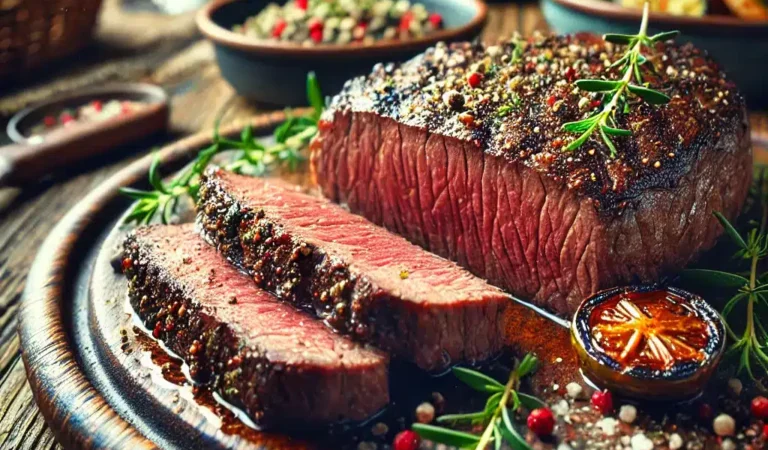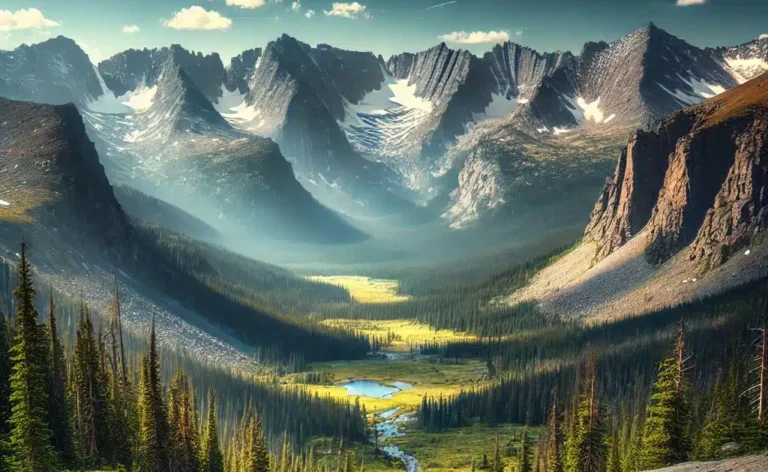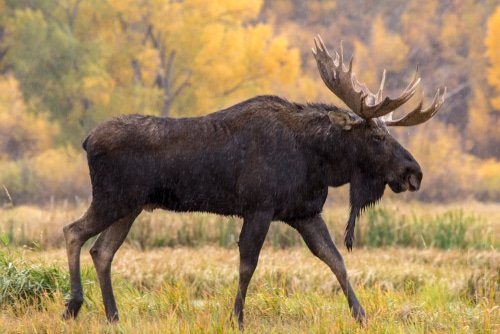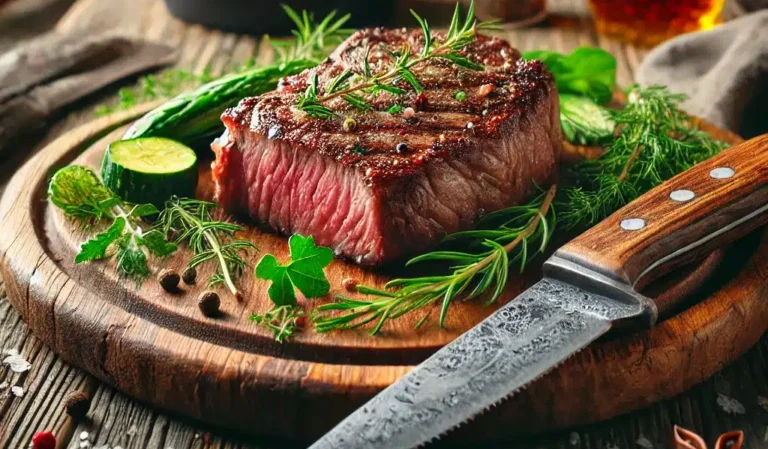Steam rises from a marshy meadow as a massive bull moose steps into view, his breath visible in the crisp Vermont morning air. After decades of leading wildlife tours in the Green Mountain State, I know exactly where to find these magnificent creatures – and I’m sharing all my secrets. Here are the 15 best places to see moose in Vermont.
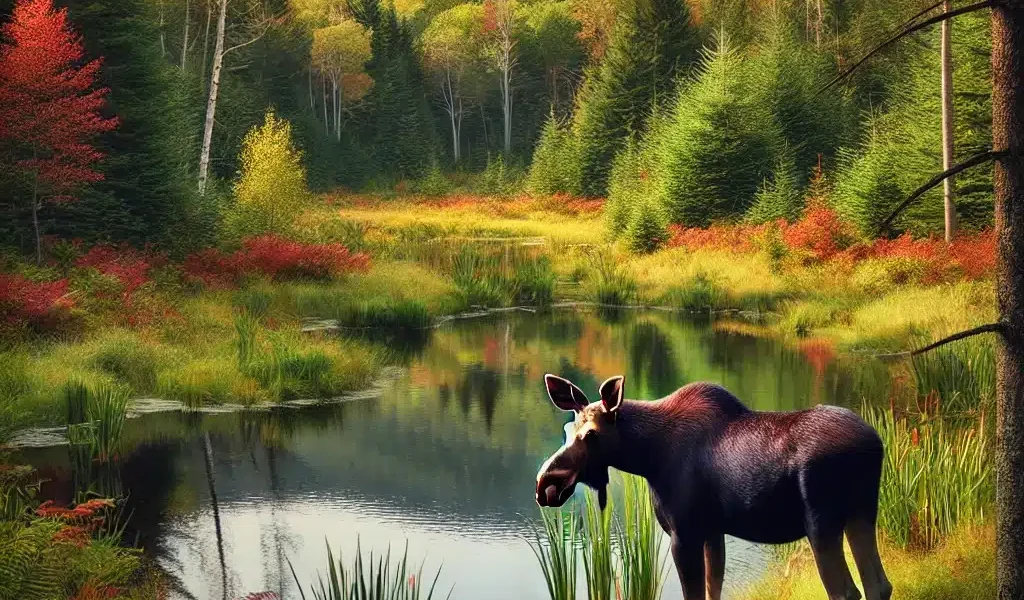
Vermont’s moose story is one of nature’s greatest comebacks. In the early 1900s, these magnificent animals had virtually disappeared from our state. Thanks to careful conservation efforts today, roughly 2,000 moose roam our forests and wetlands. While that’s fewer than our neighbors in Maine and New Hampshire, each sighting is even more special.
Many visitors don’t realize that Vermont moose aren’t just random wanderers. They have favorite haunts, predictable patterns, and seasonal hotspots. As someone who’s spent countless dawns and dusks tracking these giants, I can tell you that seeing a Vermont moose isn’t about luck but knowing where and when to look.
1. Victory Basin Wildlife Management Area
- Best viewing spots:
- River Road boardwalk
- Victory Road wetlands
- Damon’s Crossing
- Why it works: Mix of bogs, forest edges, and mineral licks
- Morning success rate: About 60% in peak season
- Extra tip: Check in at the general store for recent sightings

2. Route 105 Corridor (Island Pond to Bloomfield)
This 30-mile stretch is what I call “Vermont’s Moose Highway“
- Prime spots:
- Wenlock WMA pull-offs
- Brighton State Park entrance
- Lewis Pond area
- Best strategy: Early morning drive-through
- Safety note: Wide shoulders for pulling over safely
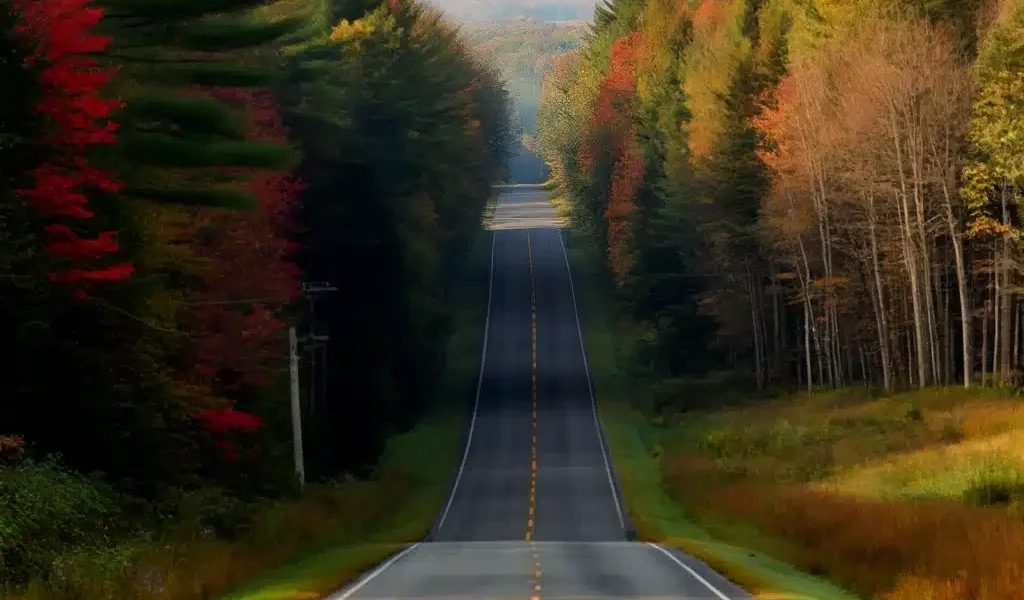
3. Maidstone State Park
Sometimes overlooked, but it’s my secret weapon for reliable sightings.
Viewing options
- Rent a canoe for dawn paddles
- Grassy Point Trail
- Campground loop road
- Special tip: Book campsite #15 – it overlooks a favorite moose marsh
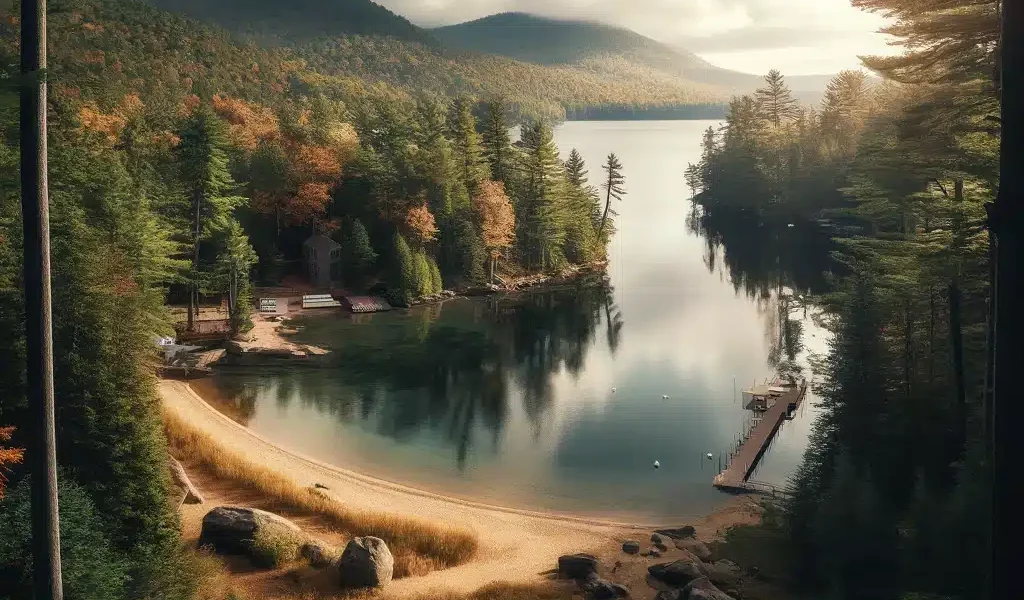
4. Conte National Wildlife Refuge
The Nulhegan Basin unit is Vermont’s moose nursery.
Offering
- Four hiking trails
- Observation platform
- Regular ranger-led programs
- Best months: May and September
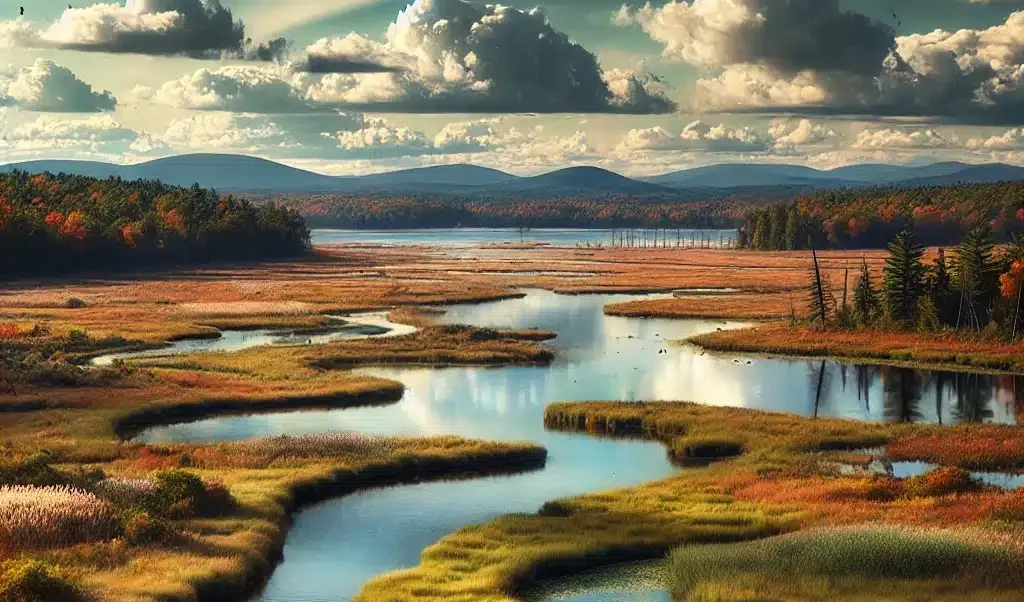
Central & Northern Vermont Hotspots
1. Route 114 (Norton to Canaan)
- Legendary “Moose Alley”
- Dawn/dusk driving recommended
- Multiple wetland pull-offs
- Safety tip: Watch for crossing moose

2. Brighton State Park
- Shoreline viewing opportunities
- Quiet morning kayaking
- Well-maintained trails
- Guided tours available
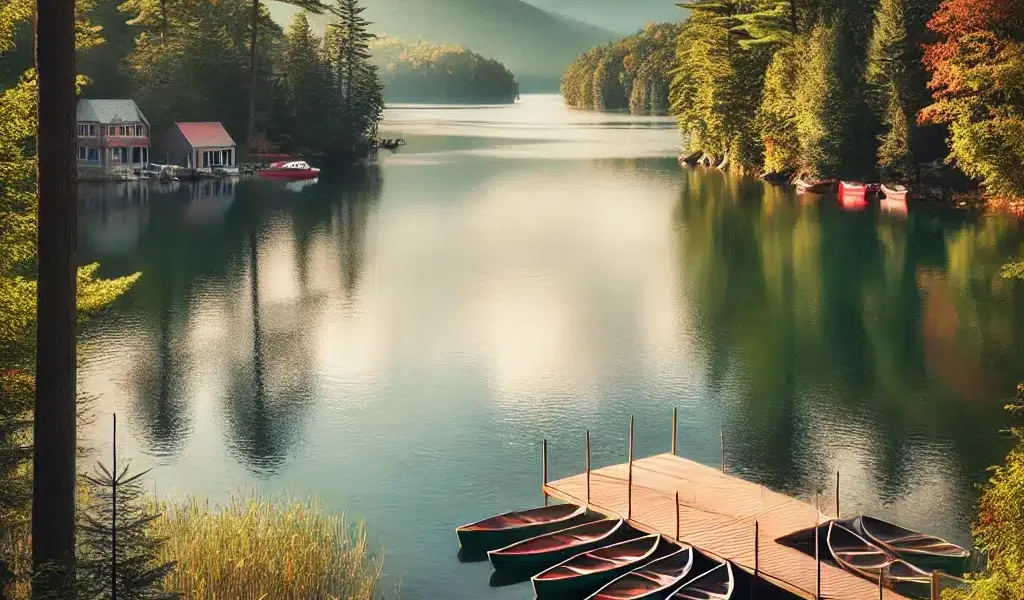
Best Times to See Vermont Moose
Peak Seasons
- Spring (May-June): Salt lick season
- Fall (September-October): Rutting season
- Early morning (5:30-8:00 AM)
- Evening (6:30-8:30 PM)
Spring (May-June)
- Roads still wet from thaw
- Moose seeking road salt
- New growth attracting animals
- Best time: 5:30-7:30 AM
Summer (July-August)
- Focus on wetlands
- Bugs drive moose to water
- Earlier mornings best (4:30-6:30 AM)
- Evening viewing improves
Fall (September-October)
- The rutting season brings activity
- Bulls more visible
- Dawn and dusk are equally good
- Watch for road crossings
Essential Viewing Tips
Safety First
- Keep 50+ yards distance
- Stay in your vehicle when possible
- No flash photography
- Never approach calves
What to Bring
- Binoculars
- Camera with a zoom lens
- Vermont wildlife guide
- Bug spray (trust me!)
Local’s Pro Tips

Success Strategies
- Check with park rangers for recent sightings
- Drive slowly through known areas
- Look for pulled-over cars
- Watch for warning signs
- Visit after rain when moose are active
Planning Your Trip
Where to Stay
- Island Pond (central to many spots)
- Canaan (northeastern access)
- Brighton (state park proximity)
Guided Options
- Local wildlife tours
- Photography workshops
- Kayak excursions
- Naturalist programs
Remember: Vermont’s moose population, while healthy, is more spread out than Maine or New Hampshire. Patience and timing are key to successful viewing. Always prioritize safety and respect these magnificent animals’ space.
Need More Info?
Whether you’re a photographer, nature lover, or just hoping to spot your first moose, Vermont offers some of New England’s most scenic viewing opportunities. Pack your patience, bring your camera, and prepare for an unforgettable Green Mountain wildlife experience.
Frequently Asked Questions About Vermont Moose Viewing
Are moose dangerous?
Yes, moose can be very dangerous. While they may appear slow and docile, moose are surprisingly fast and aggressive, especially if they feel threatened. Always maintain at least 50 yards distance, never approach calves, and stay in your vehicle whenever possible. Remember: moose are wild animals, not photo props.
What’s the best time of year to see moose in Vermont?
Peak viewing occurs during two main periods:
- May to June: Moose seek mineral-rich road salt and new growth
- September to October: The rutting season brings increased activity. However, with the right timing and location, you can spot moose year-round.
Do I need a guide to see moose?
No, but it helps! While you can certainly find moose on your own, local guides:
- Know recent sighting locations
- Understand seasonal patterns
- Have access to private viewing areas
- Provide safety expertise
- Share fascinating moose facts and stories
What should I bring for moose watching?
Essential gear includes:
- Binoculars (10×42 recommended)
- Bug spray (May-August is buggy!)
- Camera with a zoom lens
- Vermont Gazetteer map
- Warm layers (mornings are chilly)
- Flashlight or headlamp
- Full gas tank (stations are sparse)
What are the signs of an aggressive moose?
Watch for these warning signals:
- Laid-back ears
- Raised hackles (neck hair)
- Head lowered and swaying
- Licking lips
- Stomping hooves: If you see these signs, slowly back away and find cover.
How far should I stay from a moose?
- Minimum 50 yards on foot
- Stay in the vehicle when possible
- Double distance during the rut
- Triple distance if you see a calf
- If using a phone camera, you’re too close
Can I feed moose?
Not! It’s illegal in Vermont and dangerous for both you and the moose. Feeding:
- Creates dangerous habits
- Spreads disease
- Reduces natural foraging
- This leads to human conflicts
What happens if I encounter a moose while hiking?
- Stop immediately
- Speak calmly and quietly
- Slowly back away
- Make yourself visible
- Keep dogs leashed
- Find a tree or barrier if charged
Are moose more active in certain weather?
Yes! Best viewing conditions include:
- Overcast mornings
- After rain
- Cool temperatures
- Light fog or mist Avoid: Hot, sunny afternoons
How can I photograph moose safely?
Smart photography tips:
- Use the longest lens possible
- Stay in/near the vehicle
- No flash photography
- Keep the exit route clear
- Never pursue the better angle
- Be ready to leave quickly
Where can I report a moose sighting?
- Vermont Fish & Wildlife website
- Local ranger stations
- State park offices
- Contribute to citizen science apps. Your reports help track population health!
What should I do if I see an injured moose?
- Don’t approach
- Note exact location
- Call Vermont Fish & Wildlife
- Document with photos if safe
- Stay until help arrives if possible
Is winter moose viewing possible?
Yes, but challenging:
- Reduced road access
- Moose less active
- Deeper snow travel
- Limited daylight: The best winter spots are near plowed roads.
Do you need special permits to watch moose?
No permits are required for viewing, but:
- State parks have entrance fees
- WMAs are free to access
- Some areas close seasonally
- Private land needs permission


